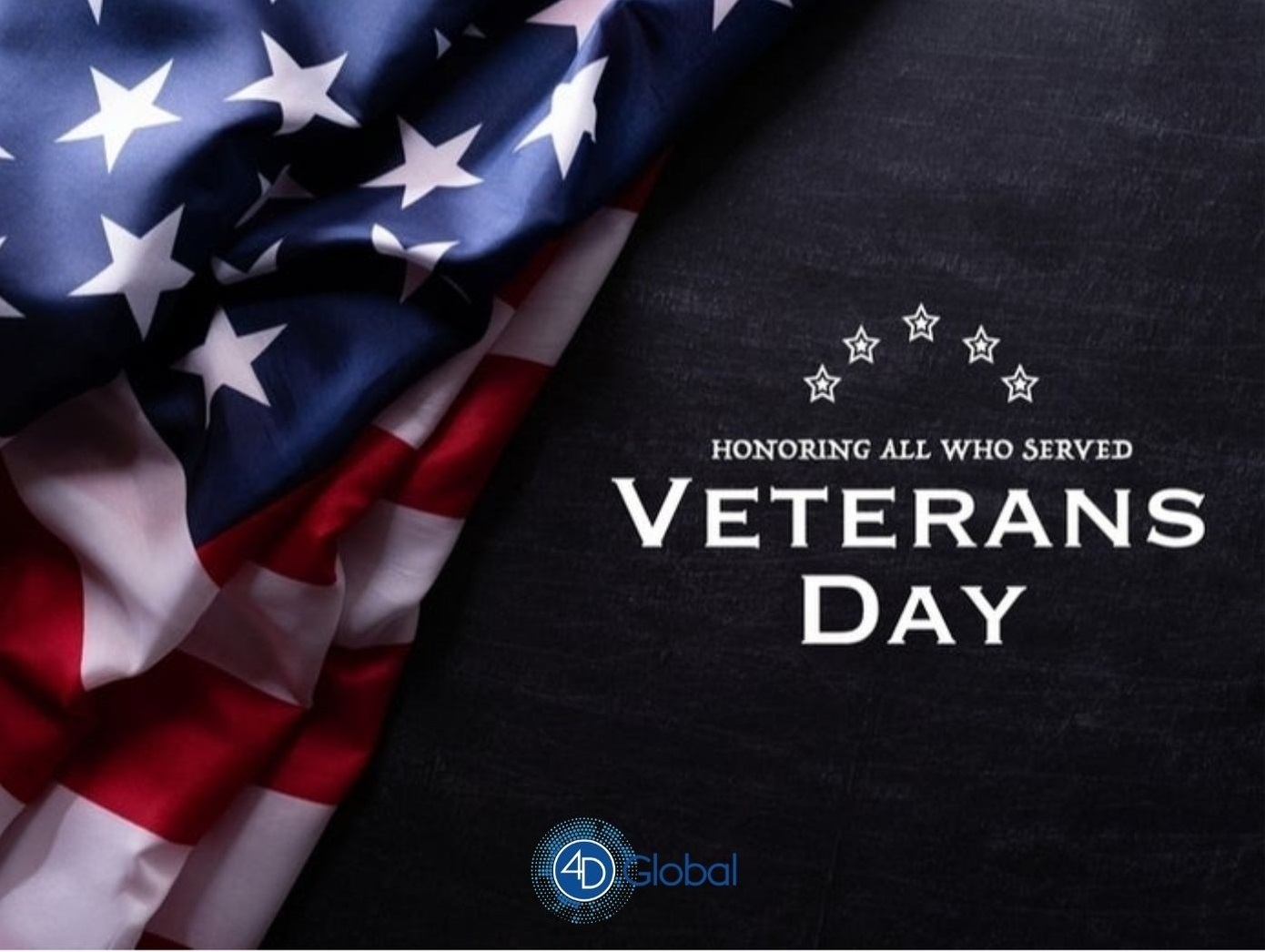
The United States military plays an essential role in maintaining the freedoms accorded to residents of America. Whether a veteran served in the Vietnam, Korean or Gulf War or Operations Iraqi and Enduring Freedom, he or she has made many sacrifices for this county.
The U.S. is home to approximately 18 million U.S. veterans, many of whom suffer from both physical and mental health issues. The U.S. Department of Veterans Affairs reports that about 30 percent of Vietnam veterans, 11-20 percent of service members who served in Operations Iraqi and Enduring Freedom and 12 out of every 100 Gulf War military personnel have experienced post-traumatic stress disorder (PTSD) during their lifetime. Perhaps the most sobering statistics is that less than half of returning veterans in need get any treatment for mental health issues, and approximately 22 each day die by suicide.
A Trending Technology
A technology that’s become more mainstream through increased use during the COVID-19 pandemic, telehealth, also is being employed to enhance treatment for veterans. Telehealth uses technologies like remote patient monitoring, video conferencing and mHealth (mobile health) to provide healthcare services to patients. Implemented in more than 900 Veterans Administration (VA) sites of care, telehealth is available for over 50 specialty areas of care. The three primary VA telehealth modalities consist of:
- Clinical Video Telehealth (CVT): defined as the use of real-time interactive video conferencing, sometimes with supportive peripheral technologies, to assess, treat and provide care to a patient remotely.
- Home Telehealth (HT): defined as a program into which Veterans are enrolled that applies care and case management principles to coordinate care using health informatics, disease management and technologies such as in-home and mobile monitoring, messaging and/or video technologies.
- Store and Forward Telehealth (SFT): generally defined as the use of technologies to asynchronously acquire and store clinical information that is then forwarded to or retrieved by a provider at another location for clinical evaluation.
The percentage of veterans who accessed care via telehealth increased 17 percent from 2018-2019. According to the U.S. Department of Veterans Affairs, high satisfaction scores have been reported by veterans who have used the technology, including 92 percent for CVT, 88 percent for HT and 94 percent for SFT.
Government Programs
The Veterans Health Administration (VHA), a division of the VA and the largest integrated healthcare system in the U.S., provides care to 1,255 facilities, including 170 VA Medical Centers and 1,074 outpatient sites of care. However, about 40 percent of veterans live outside a 50-mile radius of VHA medical centers, including many of Vietnam veterans. Also, at about 75 percent of hospitals within the VA system, the average time between emergency room arrival and admission is longer than that of other hospitals.
To combat these challenges, the U.S. government has implemented some programs to benefit veterans seeking healthcare:
Developed to improving access to telehealth for veterans and their caregivers, this mobile application offers easier sharing of electronic health record (EHR) data and organization of several existing healthcare tools and resources into a single location
This online personal health record (PHR) system reduces unnecessary appointments and appointment wait times by enabling veterans to virtually access medical records, refill prescriptions and ask their physicians questions.
VA Video Technology Initiative
Supported by the VA MISSION Act, this initiative consists of distributing tablets to high-need veterans with access barriers. A study of telehealth coordinators who collaborated in the program noted that 88 percent agreed that the tablet initiative aligned with their facility’s strategic plan, and 86 percent agreed that patients responded well to the initiative. In addition, multiple recipients of VA-issued tablets report that video care is equivalent to or preferred to in-person care.
This program enables veterans and their caregivers to quickly and easily meet with VA healthcare providers through live video on any computer, tablet or mobile device with an internet connection. The VA reported that video appointments using the program increased from 10,000 appointments a week in February 2020 to 120,000 weekly in May 2020.
Read more of our blogs for information on more trends and technology affecting the healthcare industry.
